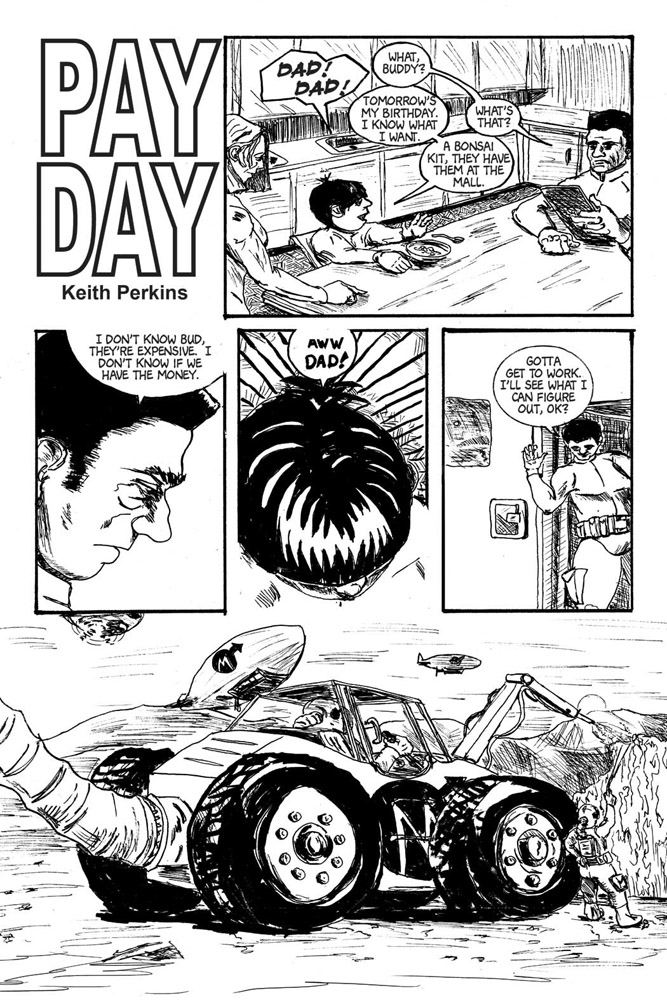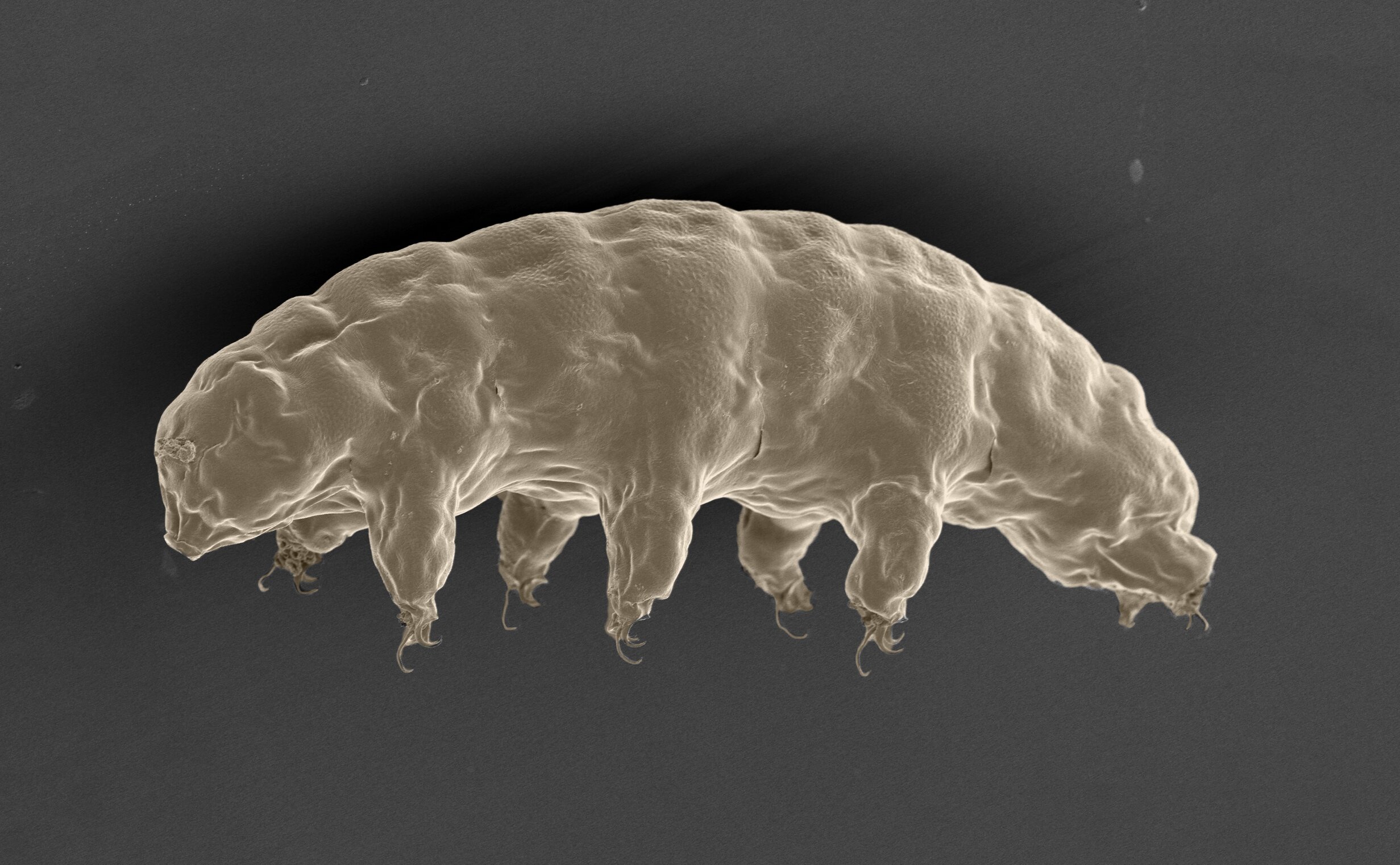Black holes may explode via Hawking radiation, superradiance or through accretion disks and jets.
Monthly Archives: September 2022
Astronauts could use Mars soil for 3D-printing on the Red Planet | Space
Martian soil could serve as a 3D-printing material, researchers have shown, meaning it could be used to manufacture items on the Red Planet.
In a series of tests, Amit Bandyopadhyay, a professor at the Washington State University School of Mechanical and Materials Engineering, and his team used simulated crushed Martian regolith to demonstrate its capabilities as a 3D-printing material.
The results may be crucial for future crewed missions to Mars.
This reminded me of a 2 page comic I did a while back, which shows 3d printing buildings in passing

See the whole thing here: link
Some Comics Printing Advice from Chip Zdarsky
My early comics, like Monster Cops, were black & white, which was an easier thing to manage. There was a period where I printed the FCBD books for the Toronto Comic Arts Festival, which was a nightmare, because they were in full colour and have multiple cartoonists submitting work. But the biggest things I learned were:
Lettering should be 100% black, no extra colours or it’ll get fuzzy. You want lettering to be crisp and readable.
If the lettering is on top of a colour, make sure the lettering is set to overprint. That means the colour will be laid behind it and the black will be printed on top of it. Otherwise it’ll print the colour with white knocked out where the lettering goes and you run the risk of white halo around the lettering.
Your total ink value should never exceed 300%. Like, say I have a rich black colour that’s made up of cyan, magenta, yellow, and black. If I make all those values at 100% of those colours, the ink load will be 400% and that’s just gonna soak the paper.
Adding Batman will increase your comic’s sales by 65%.
You’ll have to scroll down past all the royals crap, but the relevent stuff is above.
From his newsletter.
A plastic film that can kill viruses using room lights
Researchers at Queen’s University Belfast have developed a plastic film that can kill viruses that land on its surface with room light. The self-sterilizing film is the first of its kind—it is low cost to produce, can be readily scaled and could be used for disposable aprons, tablecloths, and curtains in hospitals. It is coated with a thin layer of particles that absorb UV light and produce reactive oxygen species—ROS. These kill viruses, including SARS-CoV-2.
How tardigrades survive dehydration

Some species of tardigrades, or water bears as the tiny aquatic creatures are also known, can survive in different environments often hostile or even fatal to most forms of life. For the first time, researchers describe a new mechanism that explains how some tardigrades can endure extreme dehydration without dying. They explored proteins that form a gel during cellular dehydration. This gel stiffens to support and protect the cells from mechanical stress that would otherwise kill them. These proteins have also been shown to work in insect cells and even show limited functionality in human cultured cells.
googletag.cmd.push(function() { googletag.display(‘div-gpt-ad-1449240174198-2’); });Tardigrades often draw attention to themselves, despite being so tiny. Their uncanny ability to survive in situations that would kill most organisms has captured the public’s imagination. One could easily imagine that by decoding their secrets, we could apply the knowledge to ourselves to make humans more resilient to extreme temperatures, pressures, and even dehydration. This is just science fiction for now, but nevertheless, researchers, also captivated by the microscopic creatures, seek to understand the mechanisms responsible for their robustness, as this could bring other benefits too.